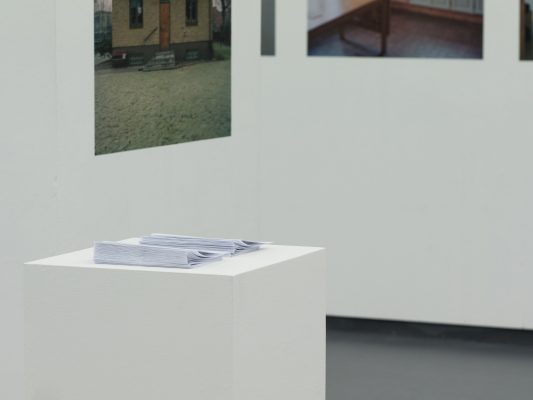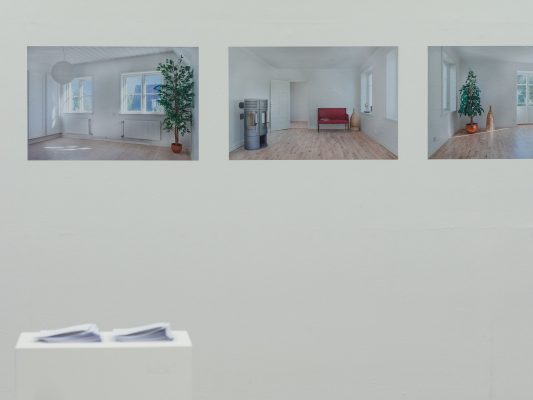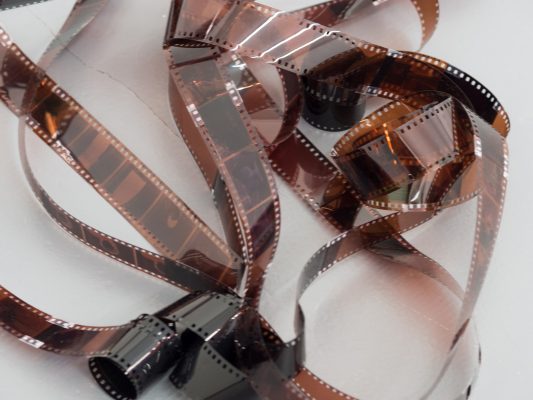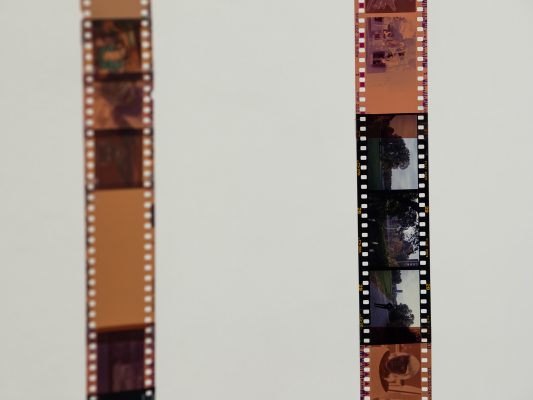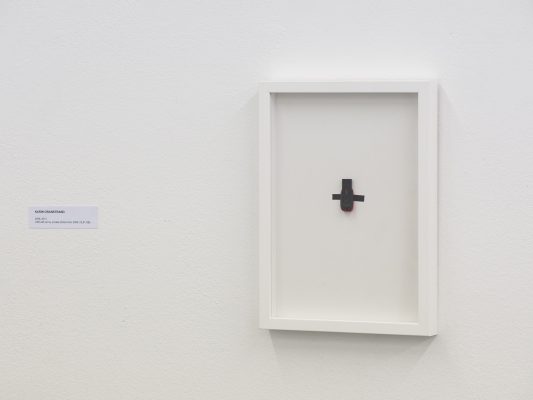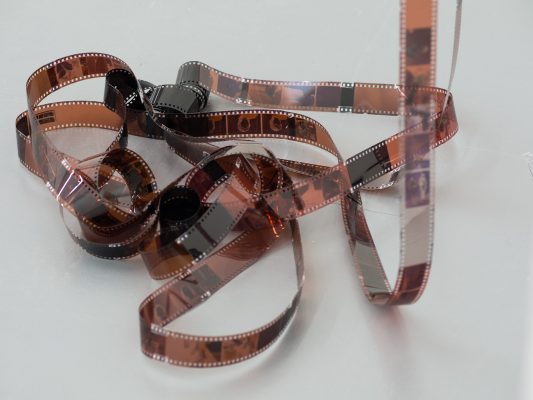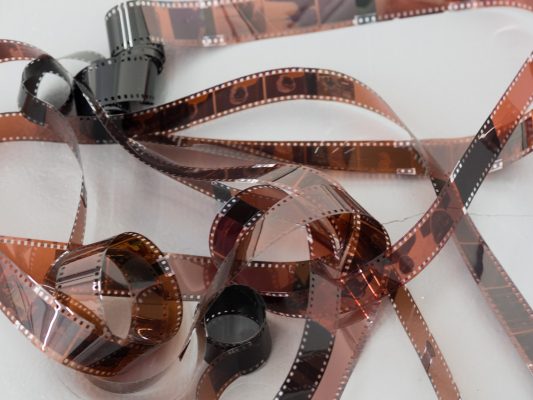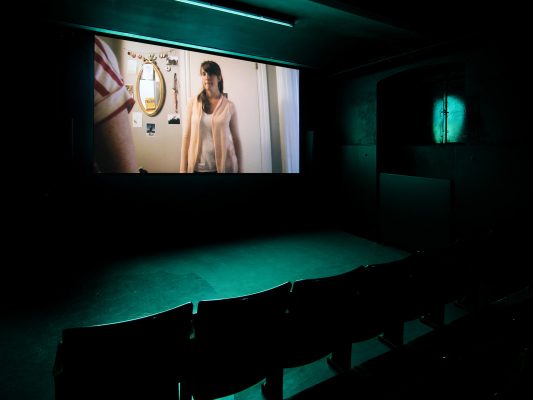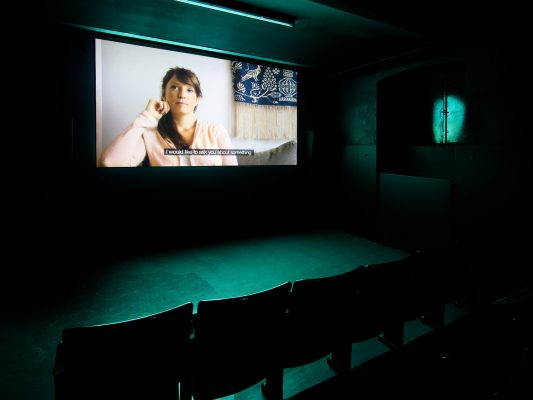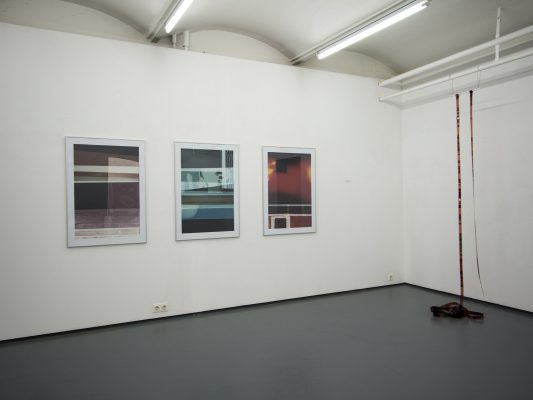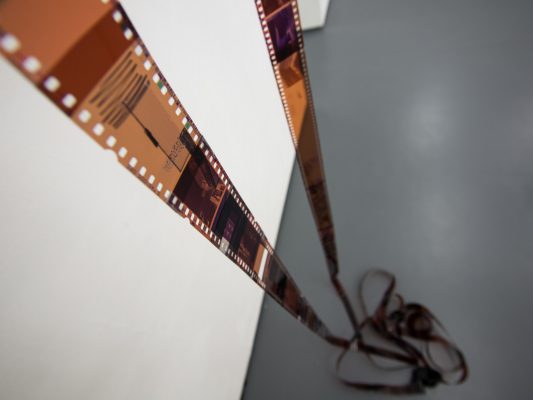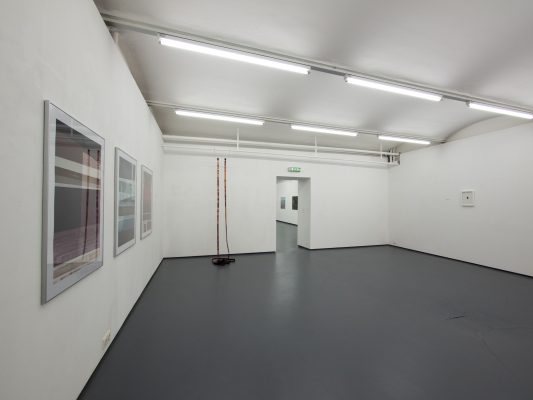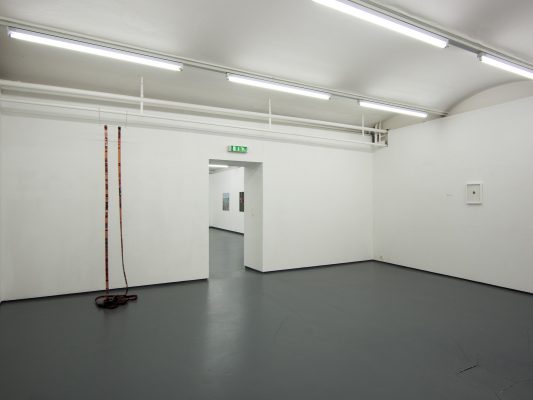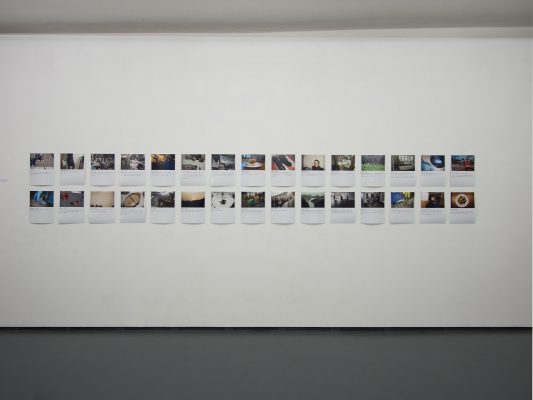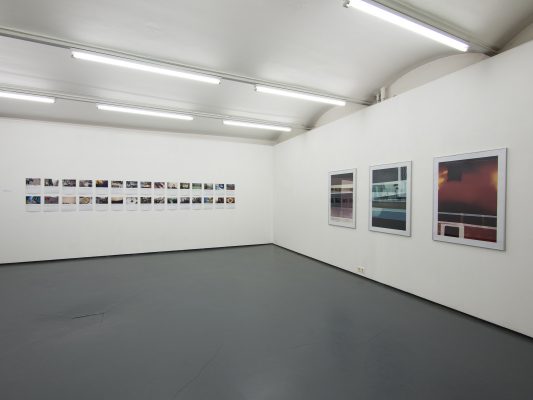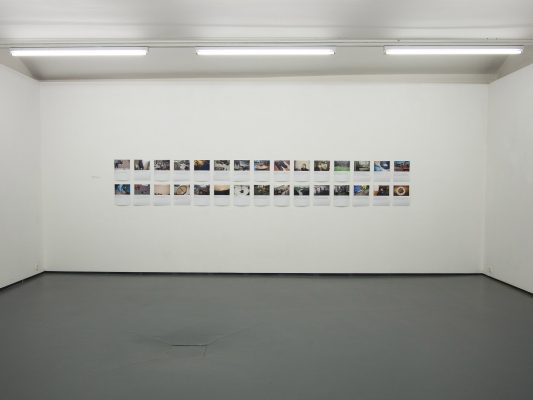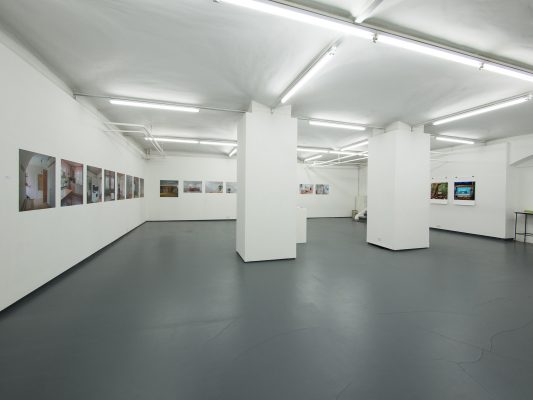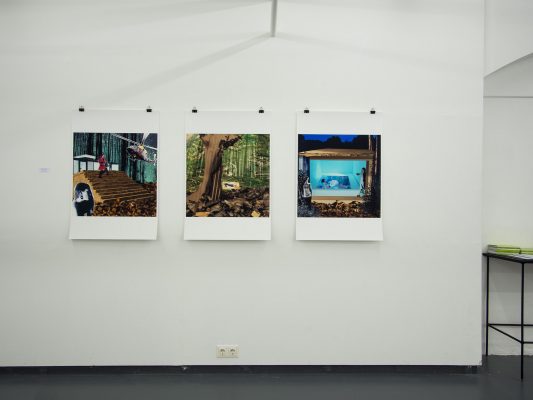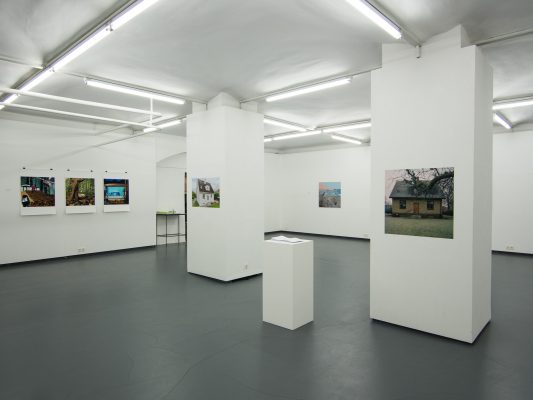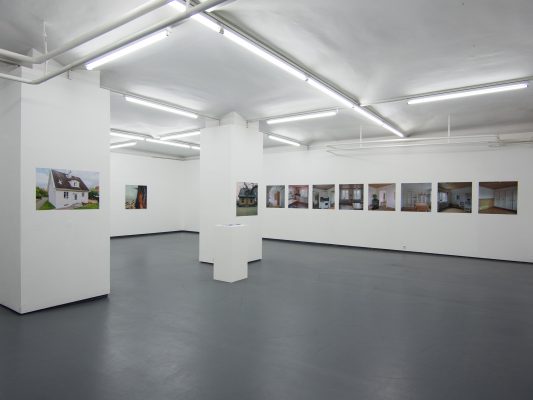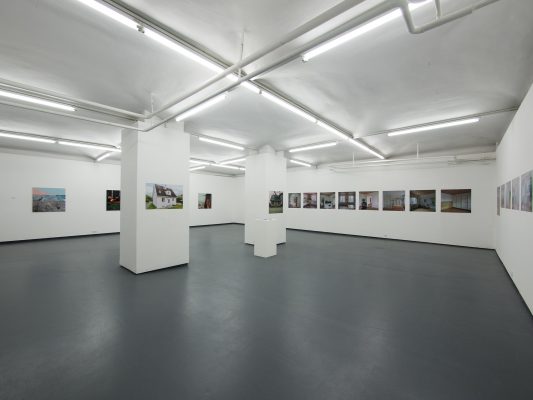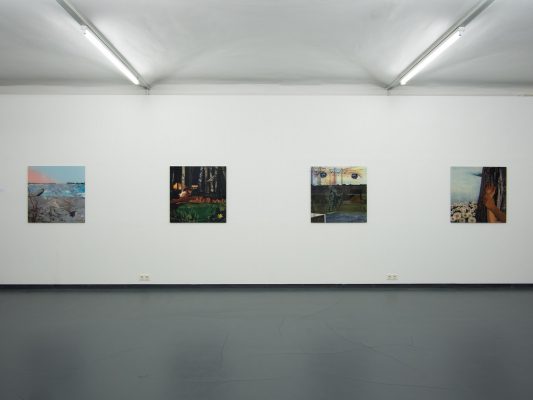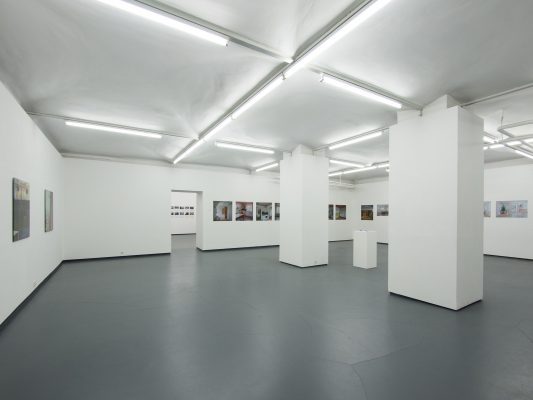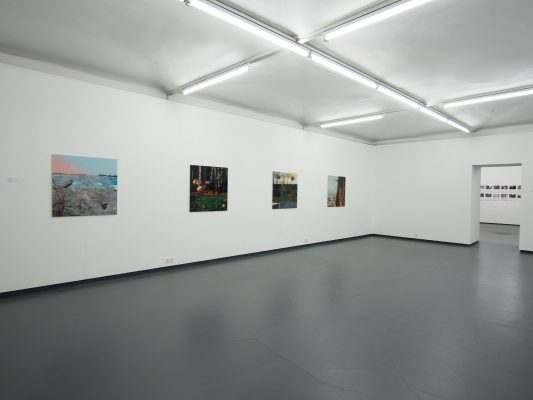Art Exchange, part 2
FOTOGALERIE WIEN – CIRKULATIONSCENTRALEN MALMÖ
Opening: Monday, 7 October at 7 p.m.
Introduction: Petra Noll
sponsored by: BMUKK, MA7-Kultur, Cyberlab, Swedish Embassy, Vienna, Mediaverkstaden, IASPIS (The Swedish Arts Grants Committee’s International Programme for Visual Artists)
WORLDS COLLIDE is the second part of an art exchange of FOTOGALERIE WIEN with CirculationsCentralen Malmö, a non-commercial organization founded in 2003, which is concerned with the production and presentation of art and culture in Malmö. The art exchange was initiated earlier this year with the FOTOGALERIE WIEN show Mushrooming at Circulations Centralen taking place during the Swedish Fotobiennial “Fotografi i Fokus” 2013 and presenting the Austrian artists Elisabeth Czihak, Catharina Freuis, Markus Guschelbauer and Michael Strasser. The four Swedish artists who are now showing in Vienna have in common their concern with personal history, reality/imagination and memory. They view the world around them from an unusual standpoint, going on to create romantic, sensitive, suggestive or crazily distorted moods and situations. Within these frameworks, however, each artist tells their own story and generates very subjective worlds which collide with each other in the exhibition in an inspiring way.
Anna-Karin Andersson works with video and drawing. Her interest orbits taboo scenarios and feelings such as shame and embarrassment. Most of the time she does not spare herself and frequently puts the viewer in unexpected and often disconcerting situations. The film, The fart, 2013, reconstructs and analyses a faux pas which she finds acutely embarrassing and which occurred to her immediately after a dinner with a new woman friend whom she found likeable. Here Andersson examines in general the feeling of embarrassment which is very much dependent of individual personality and social context. However, she also takes up the question of just how far subjective memories can be talked about from one’s own imagination and feelings.
In Remnants, a series of digital inkjet prints, Elias Björn examines the significance of personal history and memory using a house. During a house-viewing his father found the rooms were very familiar although he had never been there. After he bought the house it turned out that the last person to live there was a former classmate with whom he was very close at school but had had almost no contact thereafter. While photographs which are intended to encourage the purchase of a house show nothing of the previous owner, Björn is particularly concerned with the house’s “memory bank” which he wants to put “under the microscope” and perhaps even permanently fix.
Karin Granstrand’s photographs also exhibit an involvement with memory but, at the same time, they examine the act of making a photograph and the selecting pictures. Her work is based on prosaic photographs of various objects which she took over a longer period of time but which lay long forgotten. By putting them in a new context—one in which both her own and general history play a role—new memories are created from what once happened. Granstrand’s visual translations are often bizarre, surreal and, yes, even “obscure”.
An important point of engagement in Ingrid Sandsborg’s art works is the attempt to retrieve visual memories and to illustrate them. Her medium is the digital collage where she brings together photographic fragments and other materials – like photographs of self-made models – thus creating her own small worlds. The images consist of layers of information in which the narratives developed in them are compressed. In the Smalltown (2013) series of photos she engages with memory and tells of her youth while in American Girl (2012) she refers to a novel of the same name which is set in a village in between marshes and forests in the south of Finland. The background is provided by a dramatic event in the past which lends wings to the imagination — an engagement with a world between fiction and reality.
Petra Noll
